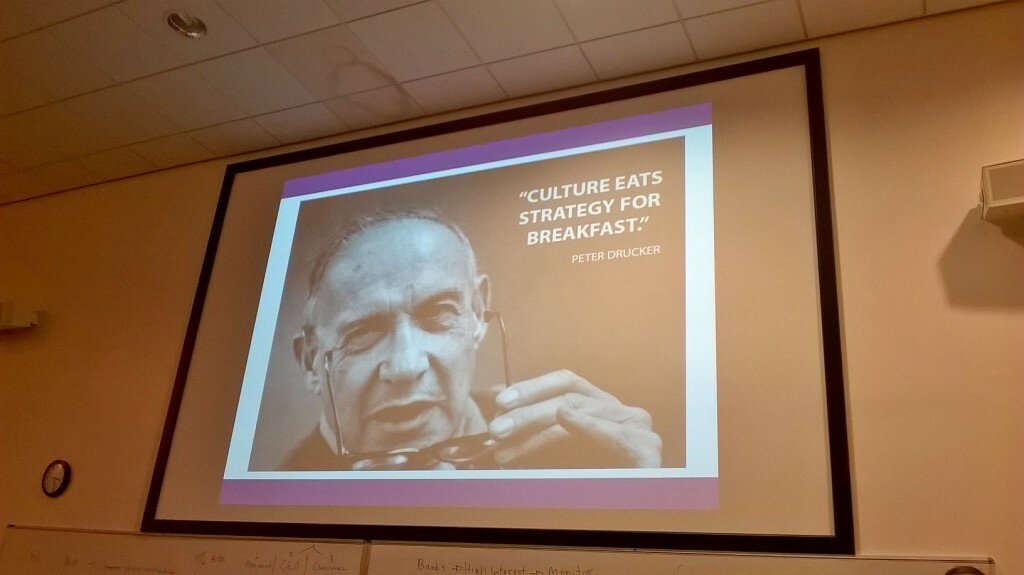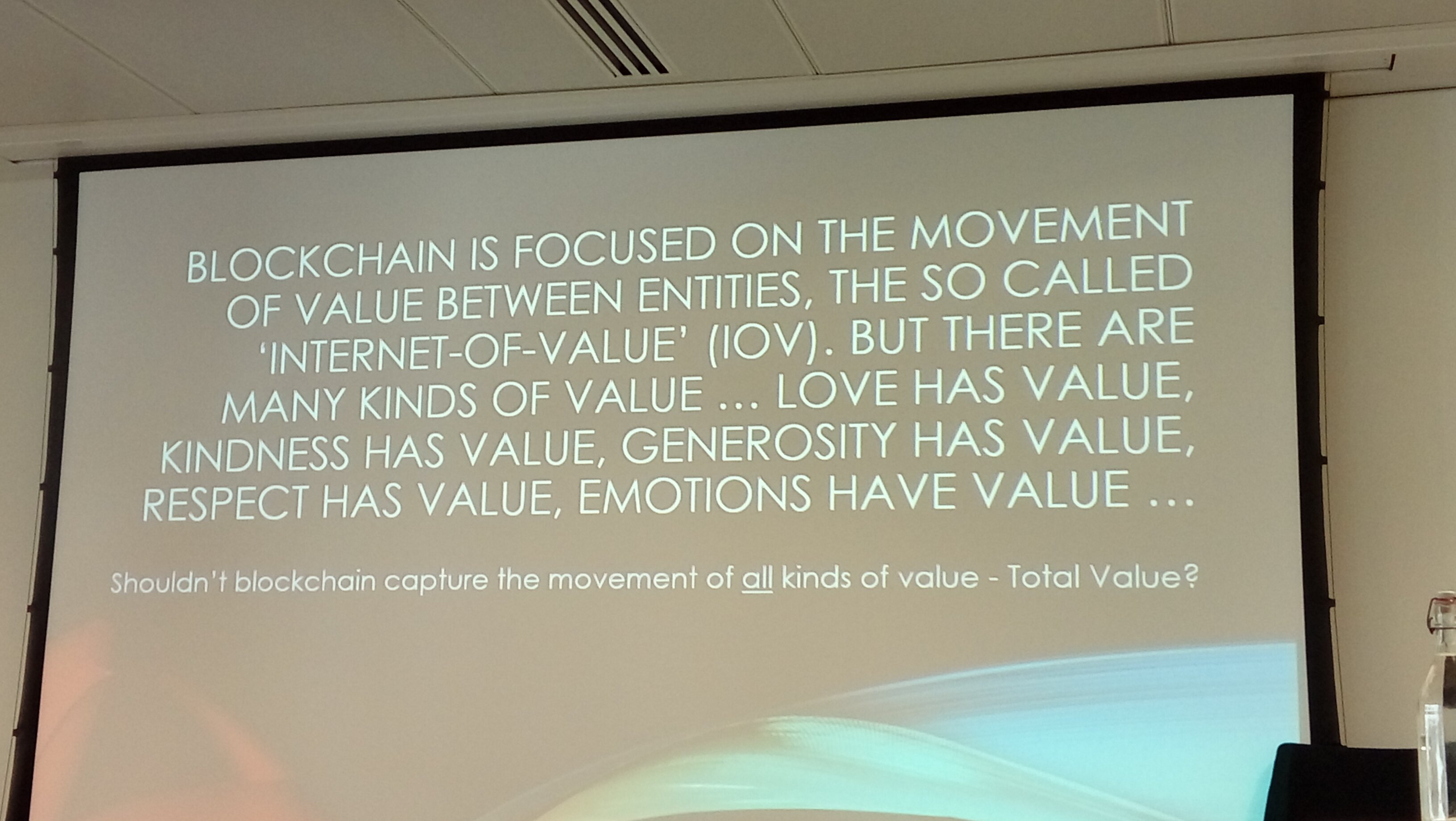In recent years, concerns over social injustice and environmental degradation have come only second to economic recession as amongst the ills besetting society. In 1994, assigning equivalence to each of these foci – People, Planet, Profit – John Elkington coined the term the ‘Triple Bottom Line’ to promote a greater organisational awareness of and responsibility for addressing financial, social and environmental performance: the sustainable organisation. But why bother? For starters – improvements in sustainability can lead to significant cost reduction and revenue increase, first mover advantages, reputational gains, and new sources of — as well as markets for — innovation. Increasingly, therefore, firms are looking to adopt more sustainable practices and outputs, not least of all to retain their legitimacy. Thus, the ability to innovate in the domain of sustainability is a capability that firms need. But is Sustainability Oriented Innovation (SOI) different from more traditional forms of innovation; and, if so, what characterises it?
According to ‘Innovating for Sustainability: A user’s guide’, co-authored by CoDE’s Dr Richard Adams and one of Chartered Management Institute’s Management Articles of the Year, the continuum of sustainability’s evolution in business looks like:
- Doing the same things better: actively reducing your current environmental and social impacts without fundamentally changing your business model;
- Doing good by doing new things: sustainability becomes ‘business as usual’ and stimulates the creation of disruptive new products and services;
- Doing good by doing new things with others.
SOI involves making intentional changes to organisational products, processes or practices that produce environmental and/or social benefits as well as economic value.
Focusing on ‘less bad’, however, will not get us to ‘good enough’ – especially with some commentators arguing that by 2050 we will need the equivalent of five planet Earths simply to maintain current levels of consumption. SOI can be imagined as a series of small incremental steps in the right direction all the way to something more radical, a disruptive transformation. A move through the framework requires a step-change in both mind-set and behaviour. It is about whole systems change in which companies, large and small, government agencies and international regulators, NGOs and other stakeholders collaborate to address the biggest problems with radical solutions.
if you’d like to read the full article.
Graphic reproduced with permission of The Network for Business Sustainability (http://www.nbs.net)






